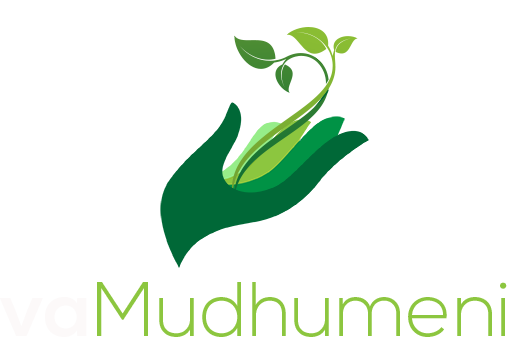EASY TO USE METHODS FOR TESTING SOIL MOISTURE
Ways to determine soil moisture
- Visible observation This is done by slicing straight down into the soil about half a meter with a sharp spade. Another slice about 3 cm is cut just in front of the first and the slice of soil gently lifted. Lay the slice of soil onto a clean white piece of paper or cloth and observe where the soil is darker (wetter) and where it is lighter in color (thus drier). A ruler is then used to measure how far down the moist layer goes. Some soil types, however, are light in appearance regardless of being moist or not and thus you need to familiarize yourself with different soil types to be more accurate with this method.
- Soil moisture sensors. A soil moisture sensor can either be the type with a prong that is pushed into the soil or the one with a small unit on a cable that is buried in the soil. Soil moisture sensors have an easy-to-read meter face that shows in simple terms if the soil is dry or moist at the sensor’s depth.
- Feeling by hands If you do not mind a little bit of dirt on their hands, this is one simple way to determine soil moisture. This is best done by digging about 20 to 30 centimeters down into the soil with a hand trowel and pulling up a handful of soil. Squeeze the soil in your hand to feel if it is wet, dry or in between. Wet soil will stick together but dry soil falls apart in small particles.
- Keeping of a rainfall log. With this method, you have to note how many inches of rain fell after each and every downpour and then measure how far down the soil is wet with visual observation or through a soil moisture meter. Note every rainfall inches to track how much moisture is in the soil.
Checking and monitoring soil moisture is really quite important and as simply as it can be done through the above methods, you should be able to easily include it in their your routine to ensure that the plants are getting just the right dose of the precious coolant, solvent, nutrient and carrier of several other nutrients required for plant growth and development.

